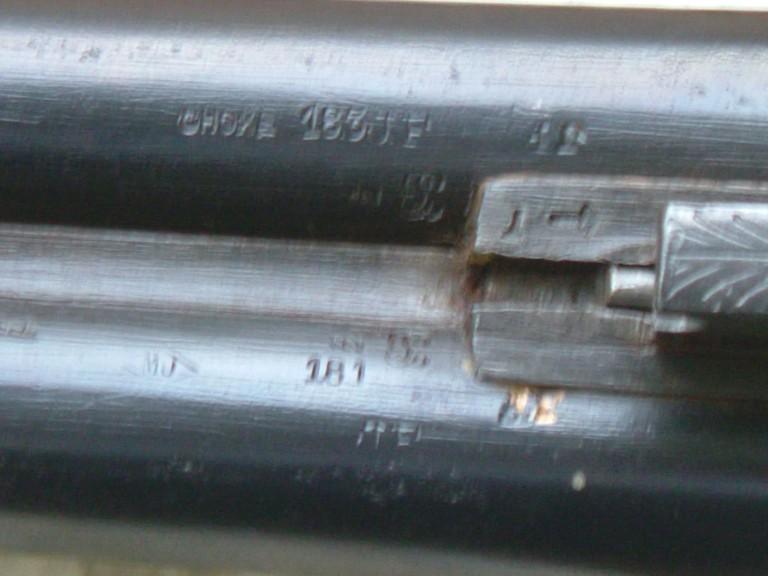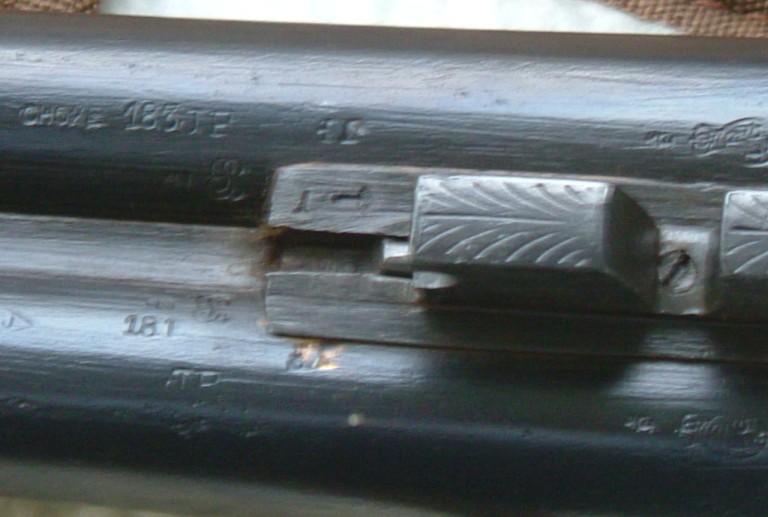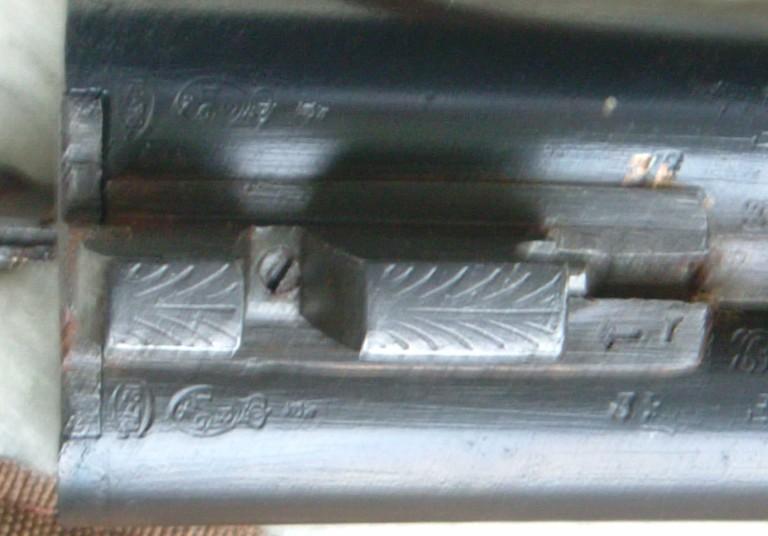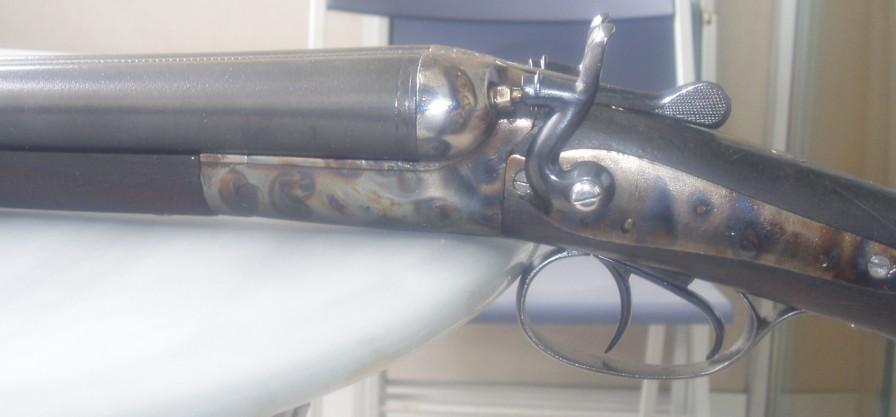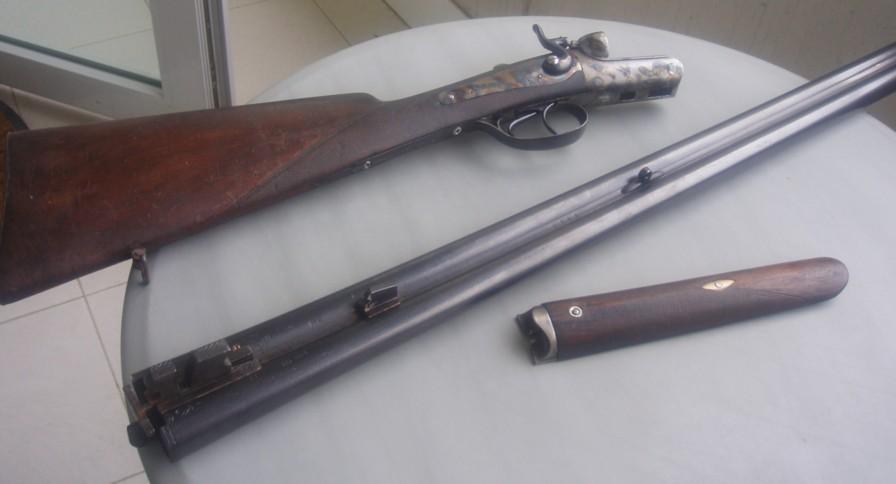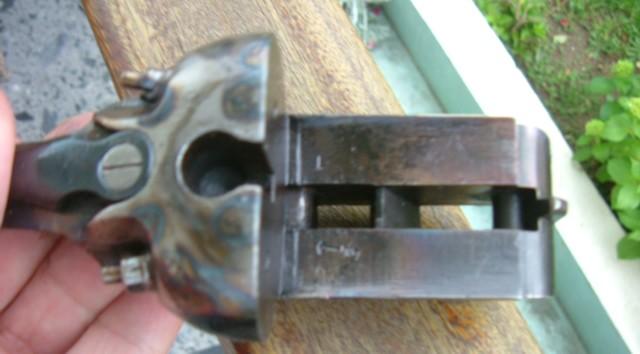Some of the most beautiful work of this craftsman, and many others, are in this book “Liège Gunmakers through their Work. 1800 - 1950”.
For more detail see: LIEGE GUNMAKERS
Marcel JAMIN
This is a 9mm revolver whose structure and
design are typical of post-1880s production. Indeed, its general appearance is
reminiscent of the Portuguese 1886 standard revolvers (Abadie system)
manufactured by L. Soleil in Liège, as well as the Swiss 1882 service revolvers
invented by Rudolf Schmidt.
For examples of Abadie system revolvers see
on the website Léon Soleil and Léonard Soleil.
However, the weapon is directly derived from
the architecture of the Webley RIC revolvers designed in the late 1860s, with
the extractor rod passing through the cylinder axis.
See Webley RIC revolvers on the website.
Following the widespread use of smokeless
powder invented by Paul Vieille in the mid-1880s, many gunsmiths developed
variants of the RIC revolver, proven for its use, such as the so-called
"reinforced" models like the "Municipal" or the "Agent" from Manufrance.
The revolver examined here exhibits several
notable features, such as its oval-fluted cylinder equipped with sprockets, its
cap ring, and its front sight mounted on a removable screw ring (allowing the
screwing on of an accessory such as a silencer or flare launcher after
removal?). Also notable is its ramrod locking system using a small spring-loaded
blade and the unusual mounting of the loading gate. All of these observations
suggest a good-quality weapon, simple, reliable, and well-designed. A good tool,
complete, faithful, and unadorned...
Markings:
Front of cylinder: 38 (serial number?).
Back of barrel: ELG over a star in a crowned
oval: Liège proof mark, post-1893.
Y spangled: Inspector's mark, post-1877.
L crowned: Mark not identified with
certainty, could this be a foundry mark? Foundries could have their own specific
markings and supply the same type of frame, barrel, or cylinder to different
manufacturers.
PV under a standing lion: Smokeless powder
proof mark, post-1898.
Right side of the frame in front of the
barrel: Y under a star and PV under a standing lion, see above.
Inside of the right-hand grip: VW or NW (?),
marking not identified.
Inside of the left-hand grip:
JM or JT or JA (?) Bté (for brevet).
MJ in a diamond: manufacturer's mark Marcel
Jamin, Quai Saint Léonard, 41 in Liège, who was registered in the Liège proof
house's register of manufacturers from 1910 to 1933, already listed on the
website.
This is a Liège revolver, caliber 9 mm,
designed on the basis of Webley's RIC revolvers but benefiting from a modernized
design and several improvements, including its suitability for live powder. The
hallmarks indicate a late production for this type of weapon, probably at the
beginning of the 20th century. The diamond-shaped MJ mark suggests that the
manufacturer was Marcel Jamin.
Chris, HPH, Alain, Marcel
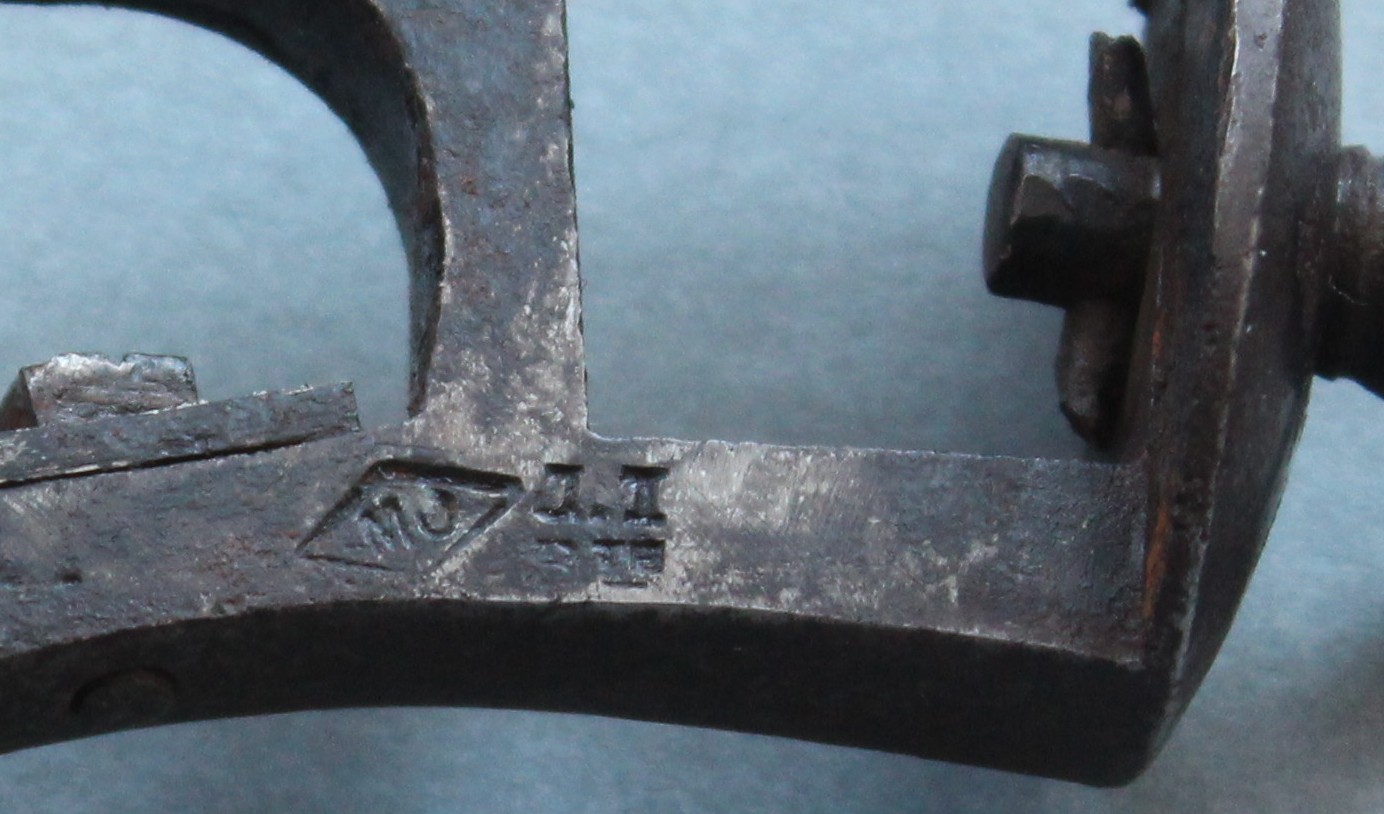
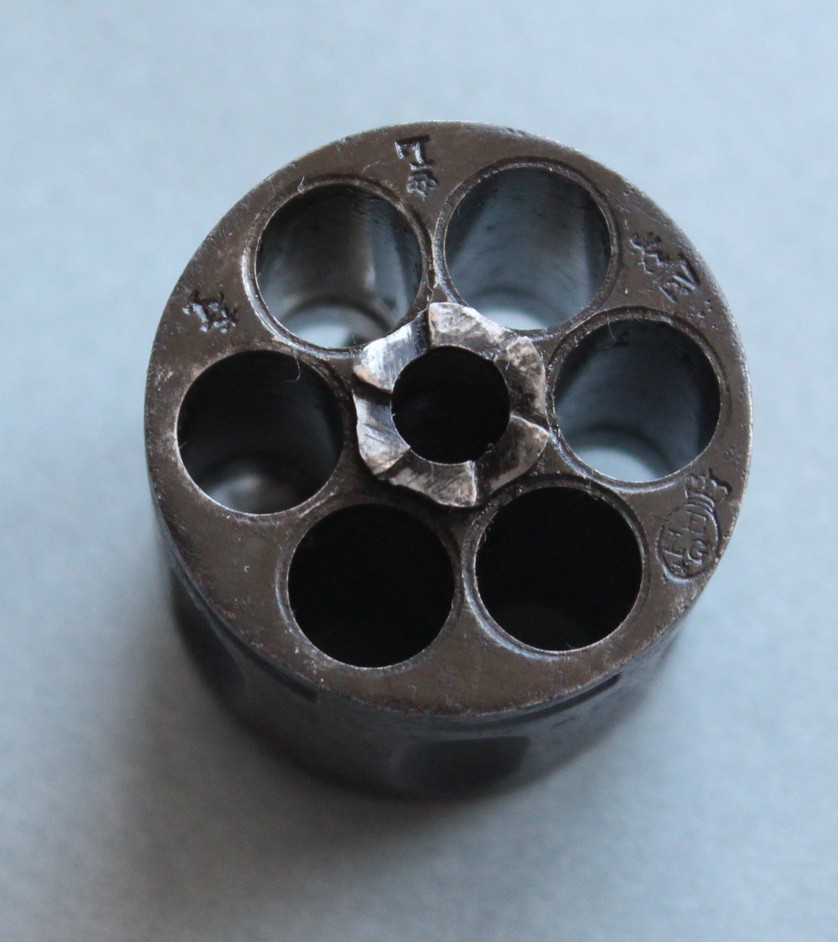
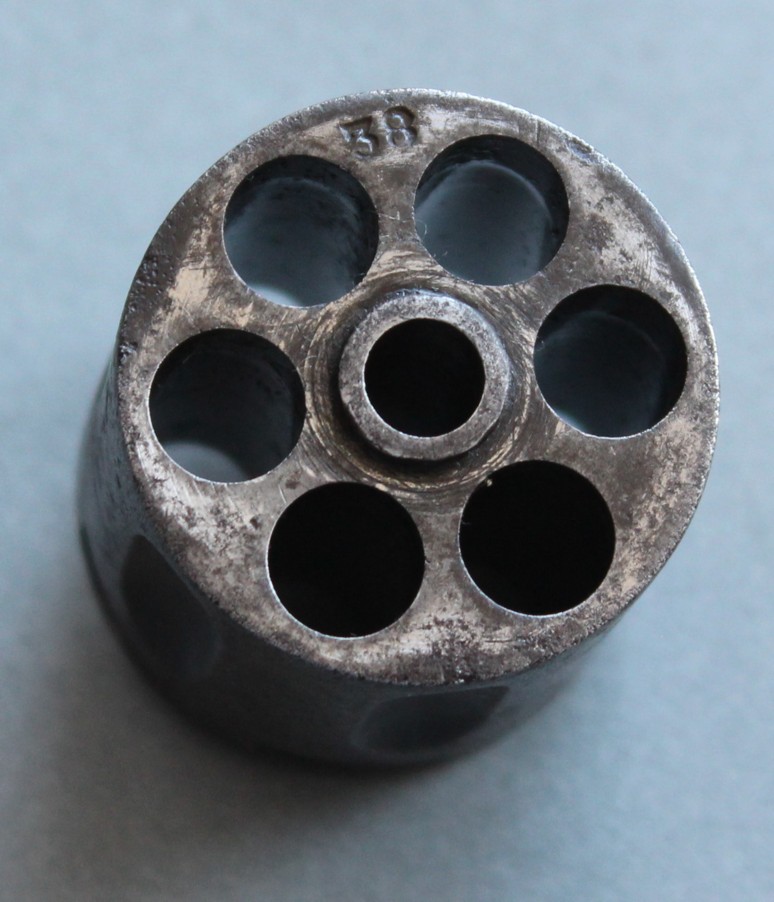
Marcel JAMIN
This large hunting rifle features a long, octagonal
barrel, which is unusual for this type of weapon. The rifle unlocks using a
well-sized lever (Lefaucheux-type opening) located under the foregrip. The
partially checkered stock is pistol-style. It is an unostentatious weapon,
clearly designed as a tool whose primary focus is on its ability to fulfill its
function.
Markings:
Number 3, probably a serial number and assembly aid.
Perron, hallmark of the inspector of the B.E. (valid from
June 16, 1853 to the present day). ELG over a star in a crowned oval, proof
house after 1893.
Q under a star, proof mark from January 27, 1877.
12 over C in a vertical diamond, caliber, used between
1898 and 1924.
The gunmaker's signature was placed on the lockplate; it
was the Liège gunsmith Marcel Jamin.
In summary, this 12-gauge shotgun
comes from Marcel Jamin's production in Liège. Analysis of the hallmarks
indicates a production date between 1898 and 1921 (indeed, the absence of an
annual letter excludes the possibility that the gun was made after 1922).
Chris
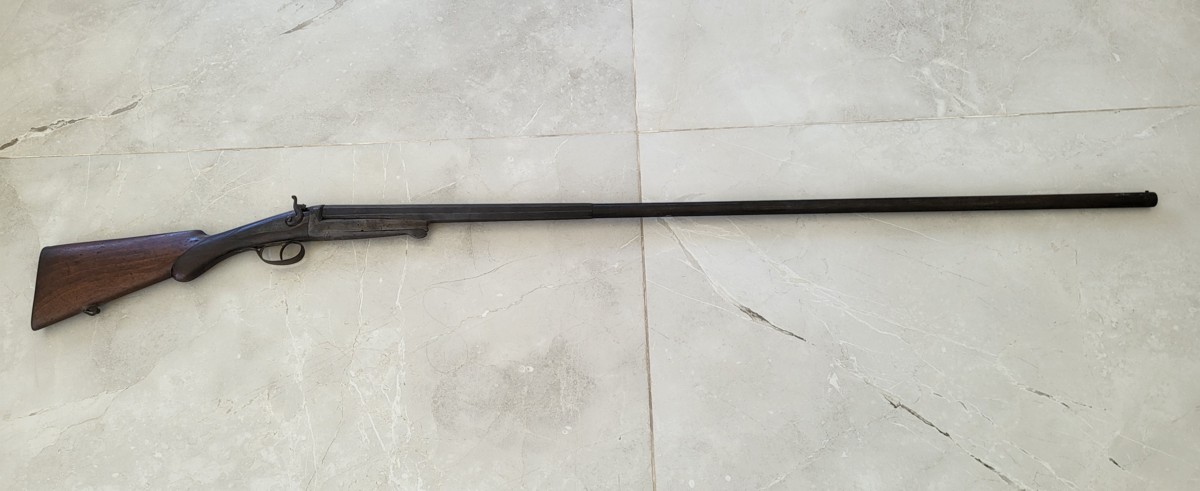
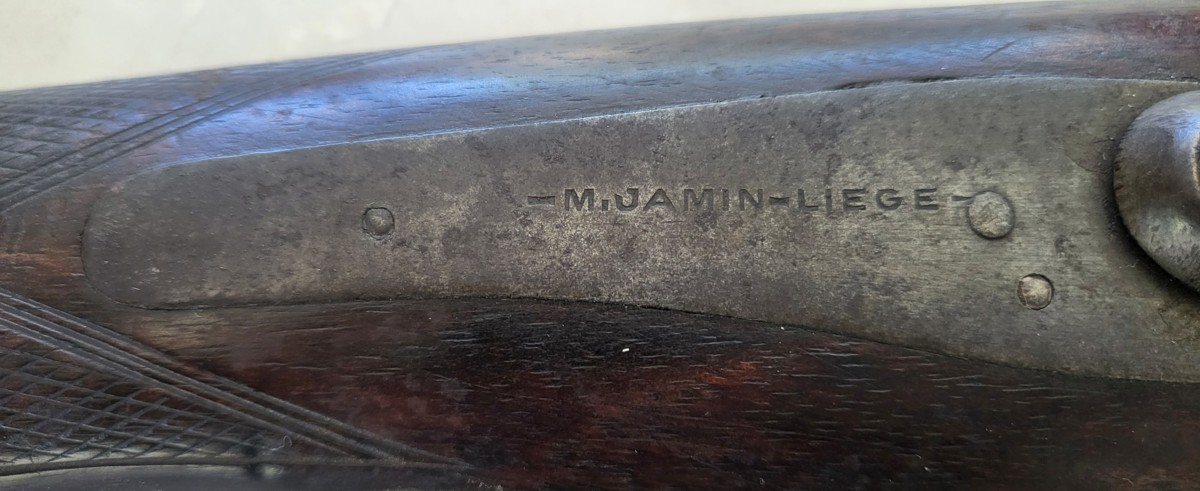
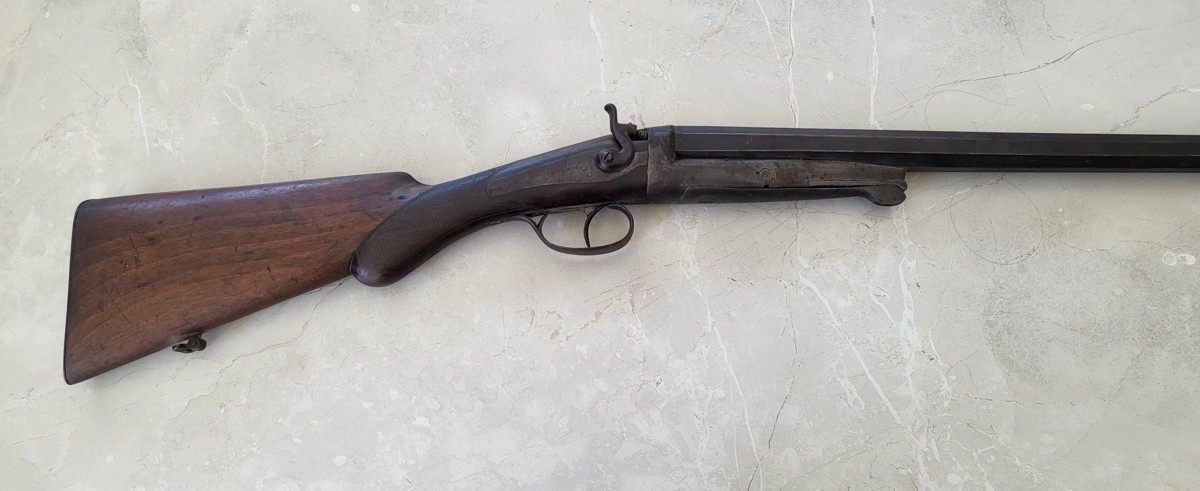
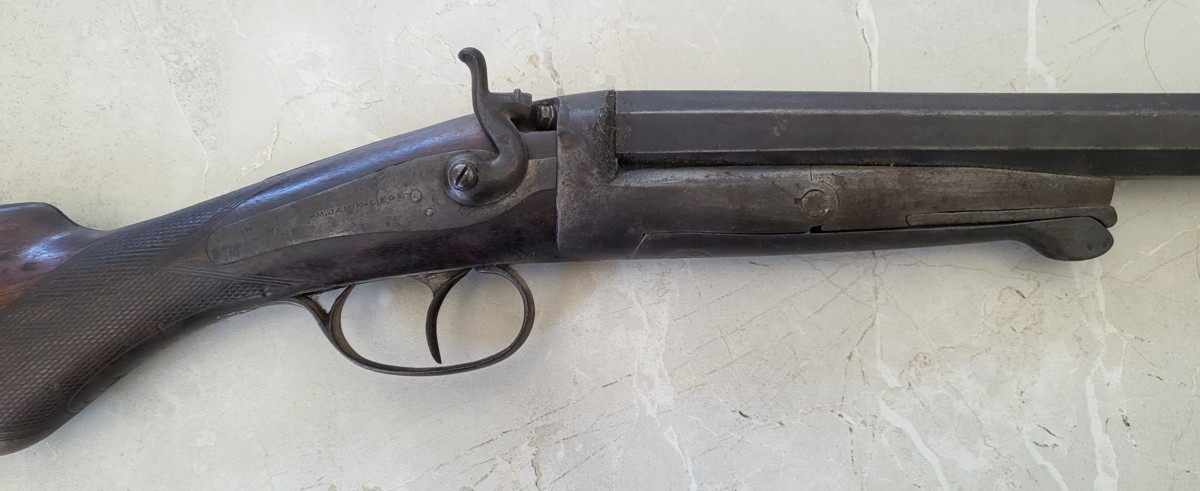
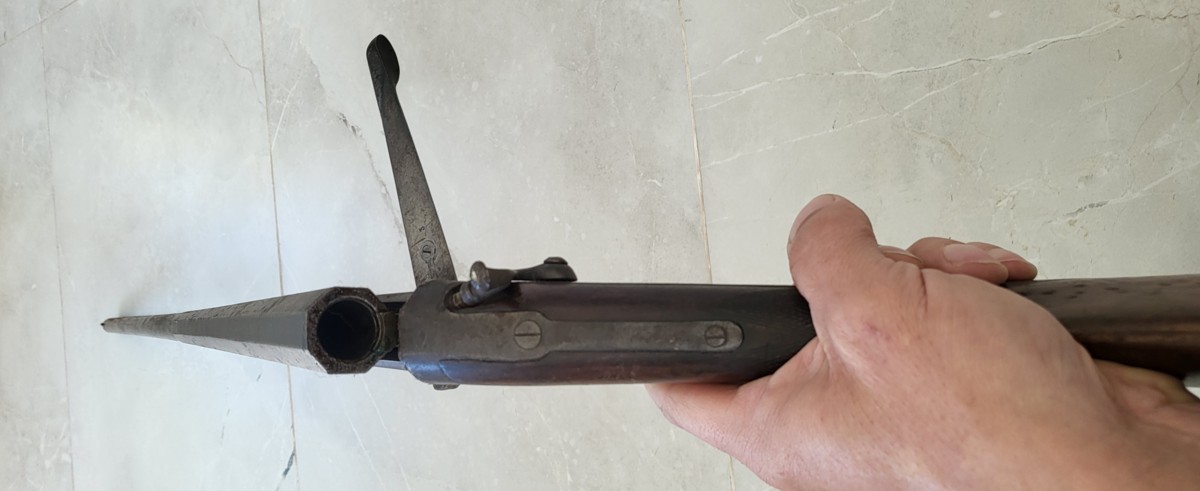
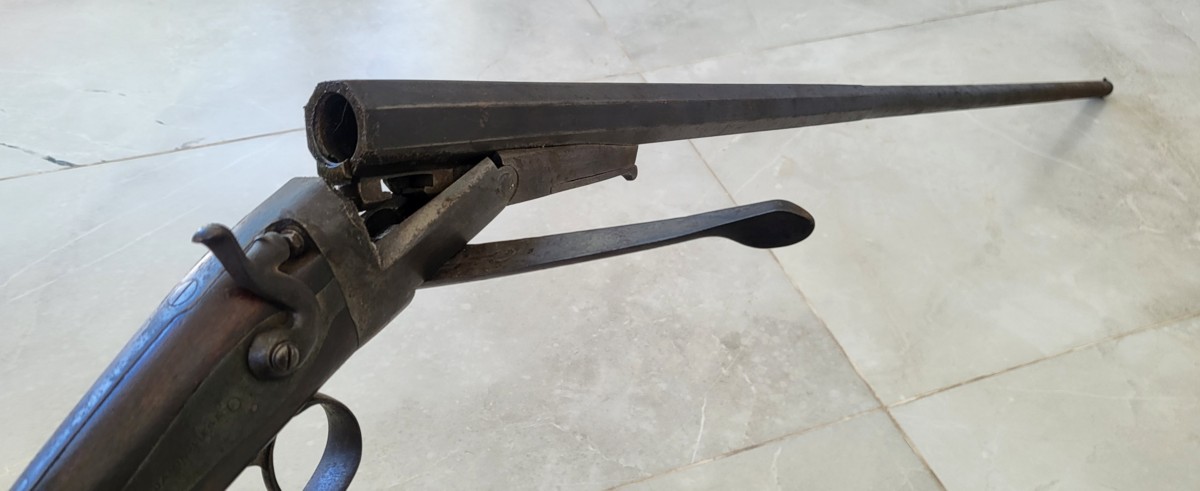
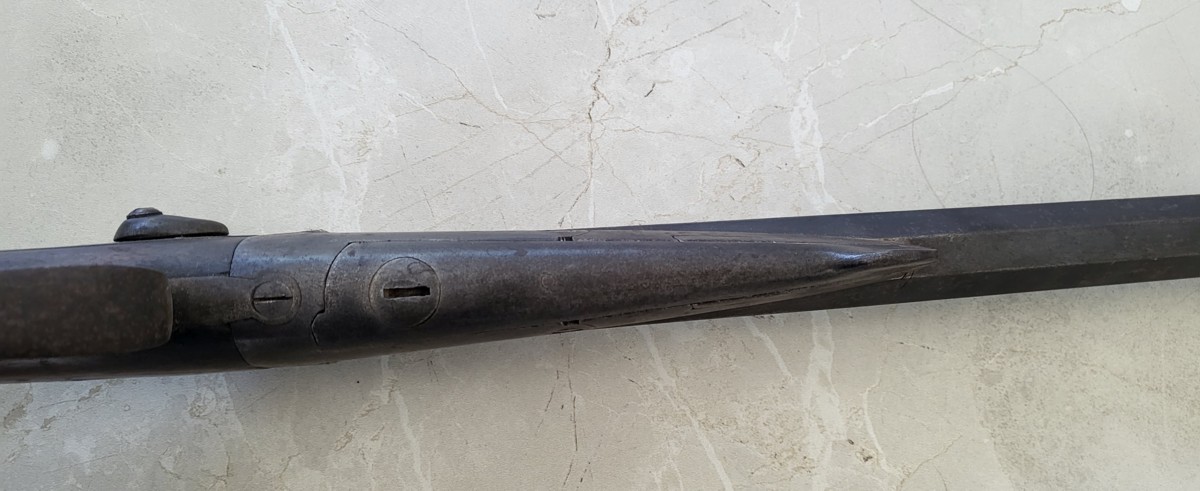
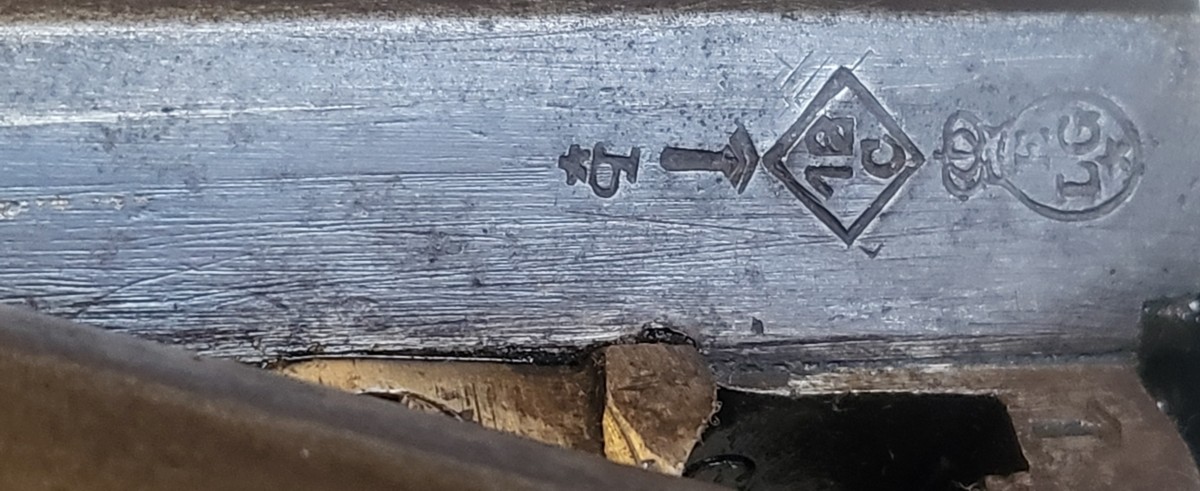
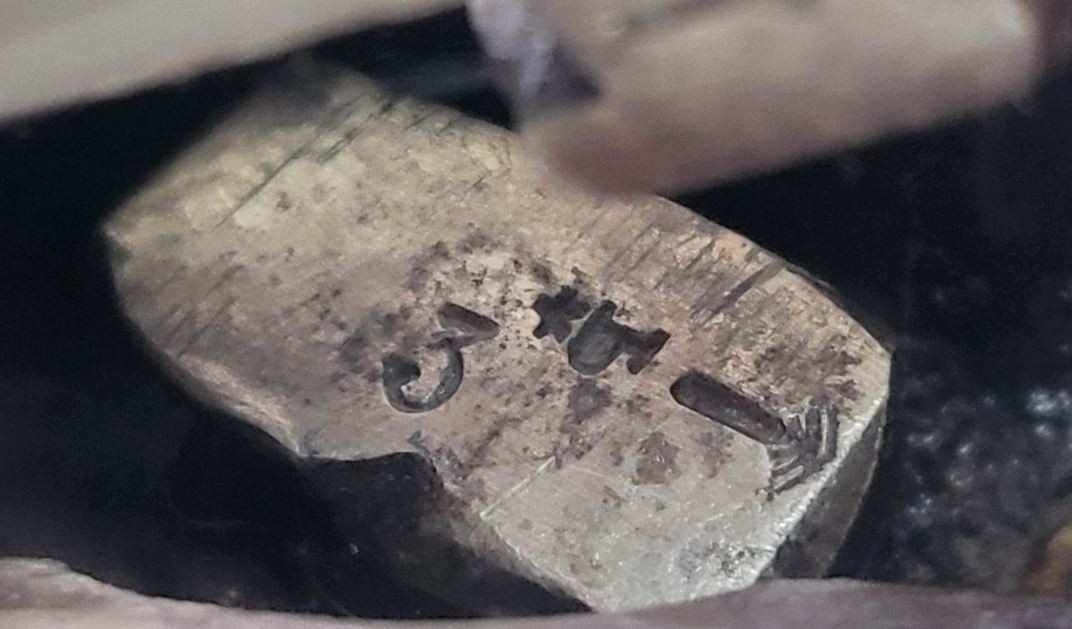
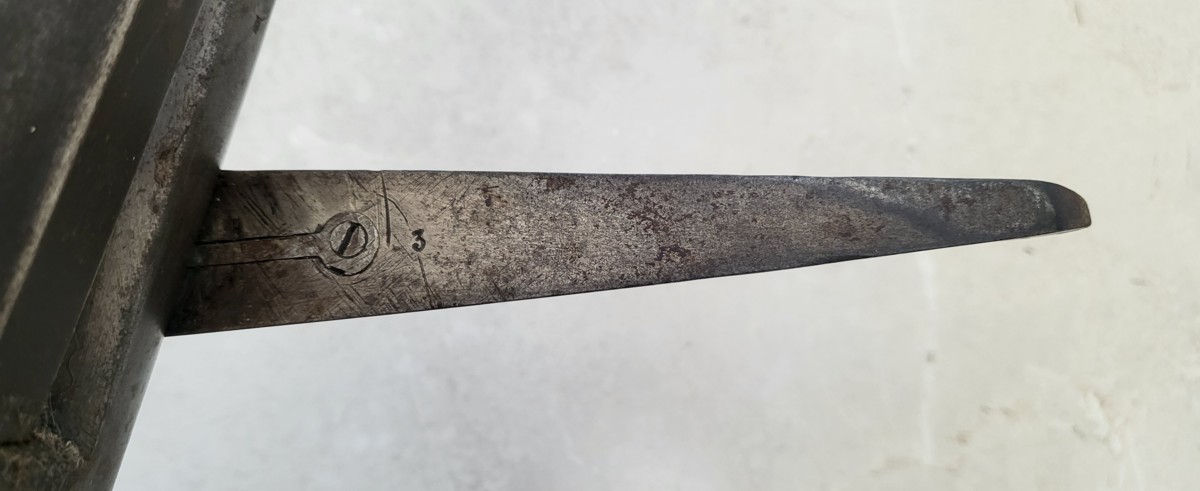
Marcel JAMIN
It is indeed, it seems to me, a revolver derived from
the NAGANT.
Without having manipulated it, I think it has an
ABADIE
door.
The
barrel has eight blades and the barrel is fluted with six blows.
The possible 8 mm caliber mentioned by the owner could
be the 7.62
NAGANT !
The
feeding is done through the door placed on the right side and lowering thanks to
the action of an external spring.
The rod
rotates on an axis to come and remove in the chambers, the casings possibly
inflated by the shot.
The
handle consists of two finely gridded walnut inserts connected by a through
screw and two rosettes. It ends with a cap ring.
The
weapon bears the hallmarks of the Liège proofhouse, namely:
ELG
starred in a crowned oval: acceptance post 1893.
Star C:
countermark of the controller post 1877.
R crowned
: striped cannon, in use from 1894 to the present day.
It also
bears various "factory" marks, namely:
M.J. in a
diamond
is the trademark of JAMIN Marcel,
arms manufacturer in Liège quai Saint Léonard, n° 41. He was registered on the
bench from 1910 to 1933, succeeding
DEFIZE Félix
(1906/1910).
J.I. Bté:
is the unknown mark of the inventor of one or the other system appearing on the
weapon.
Unfortunately, I was not able to identify him.
However,
there are not many gunsmiths with the initial "I".
NW: This is most likely an unknown subcontractor brand. You know that there
were many of them, and few of them left a written record.
The crown
on the back of the barrel does not belong to the test bench and until now this
often encountered mark could not be identified with certainty. We believe it
belongs to the foundry (Herstal?) who produced this barrel.
GG
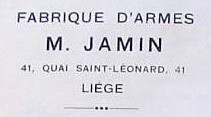
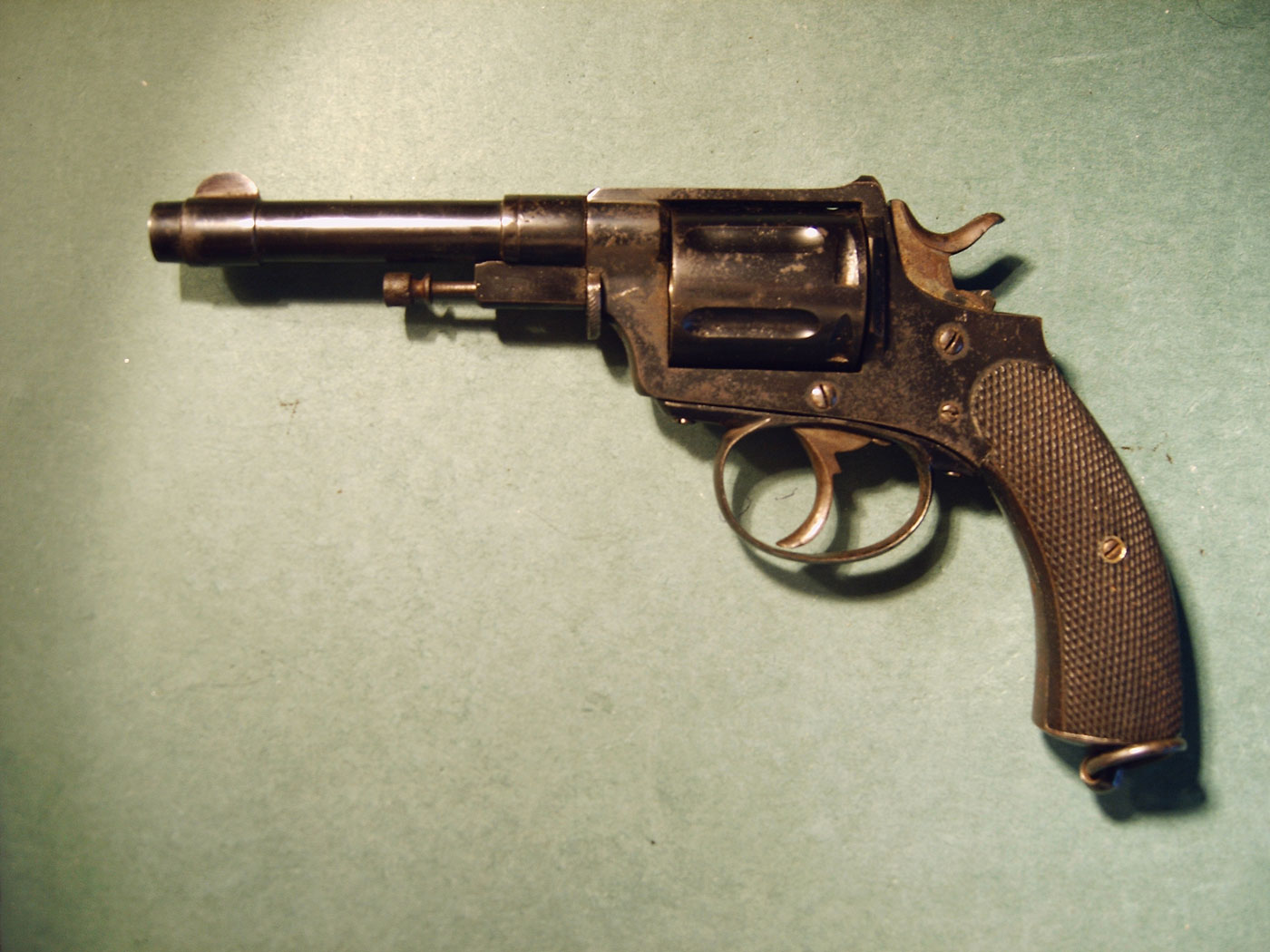
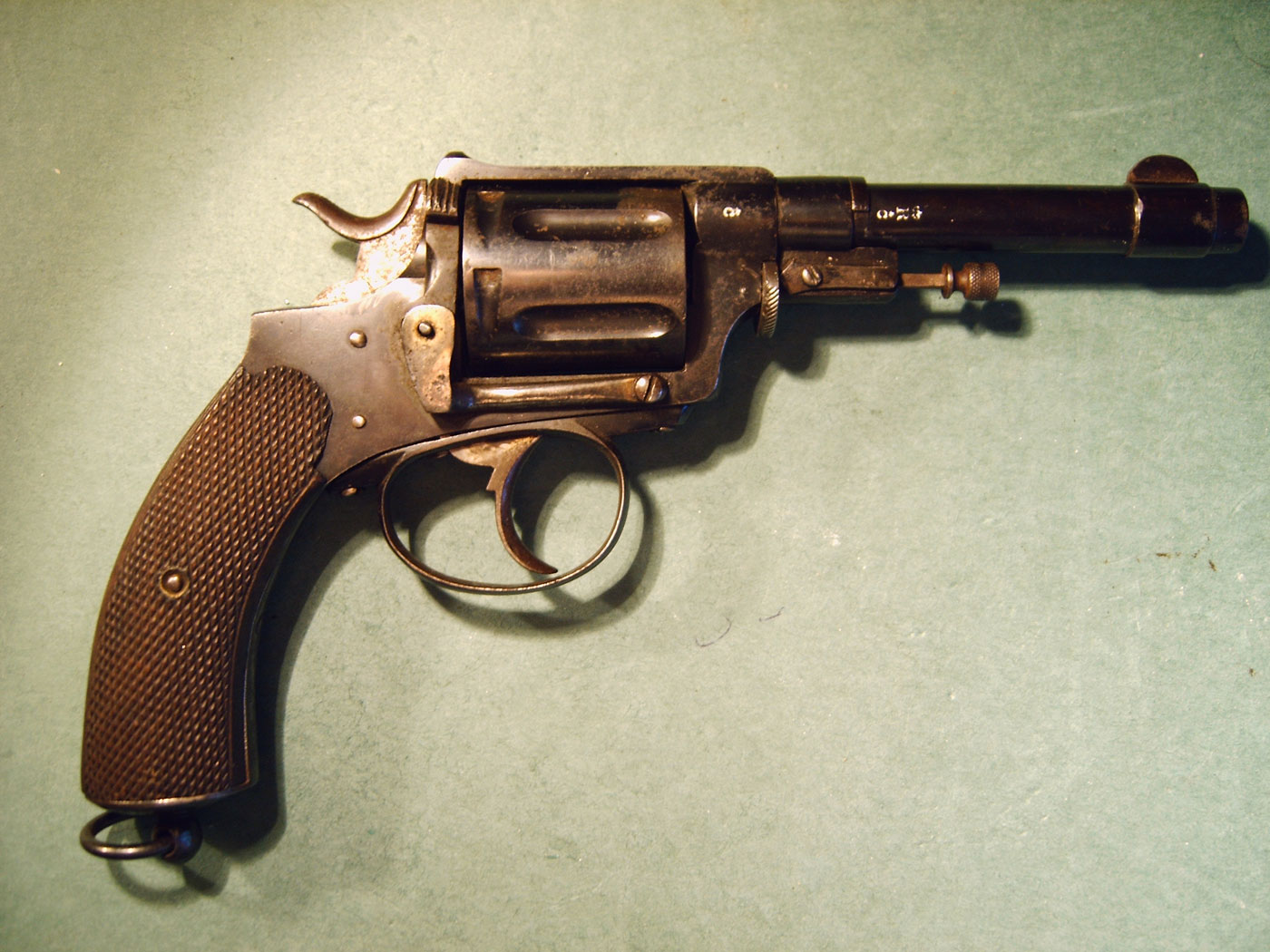
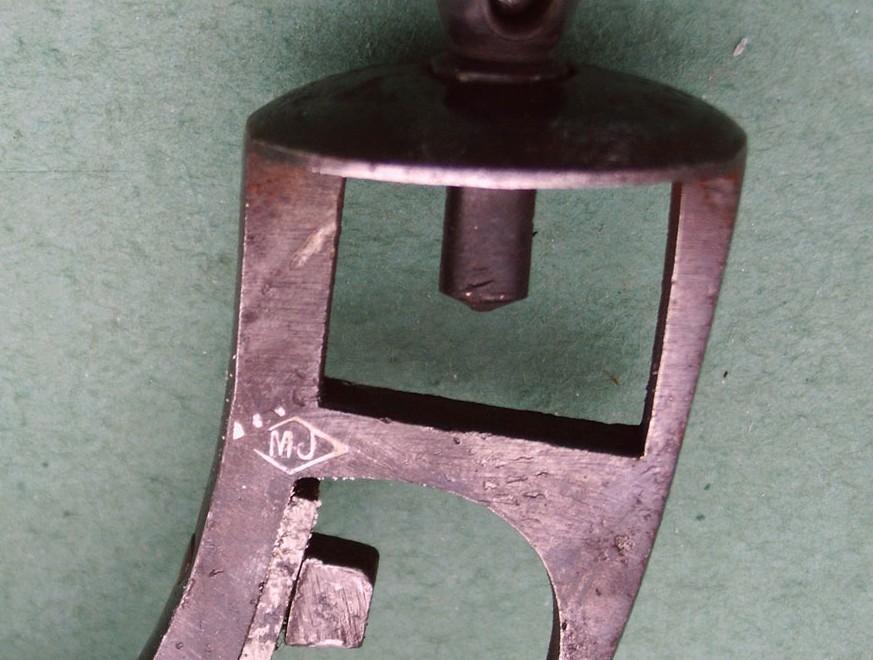
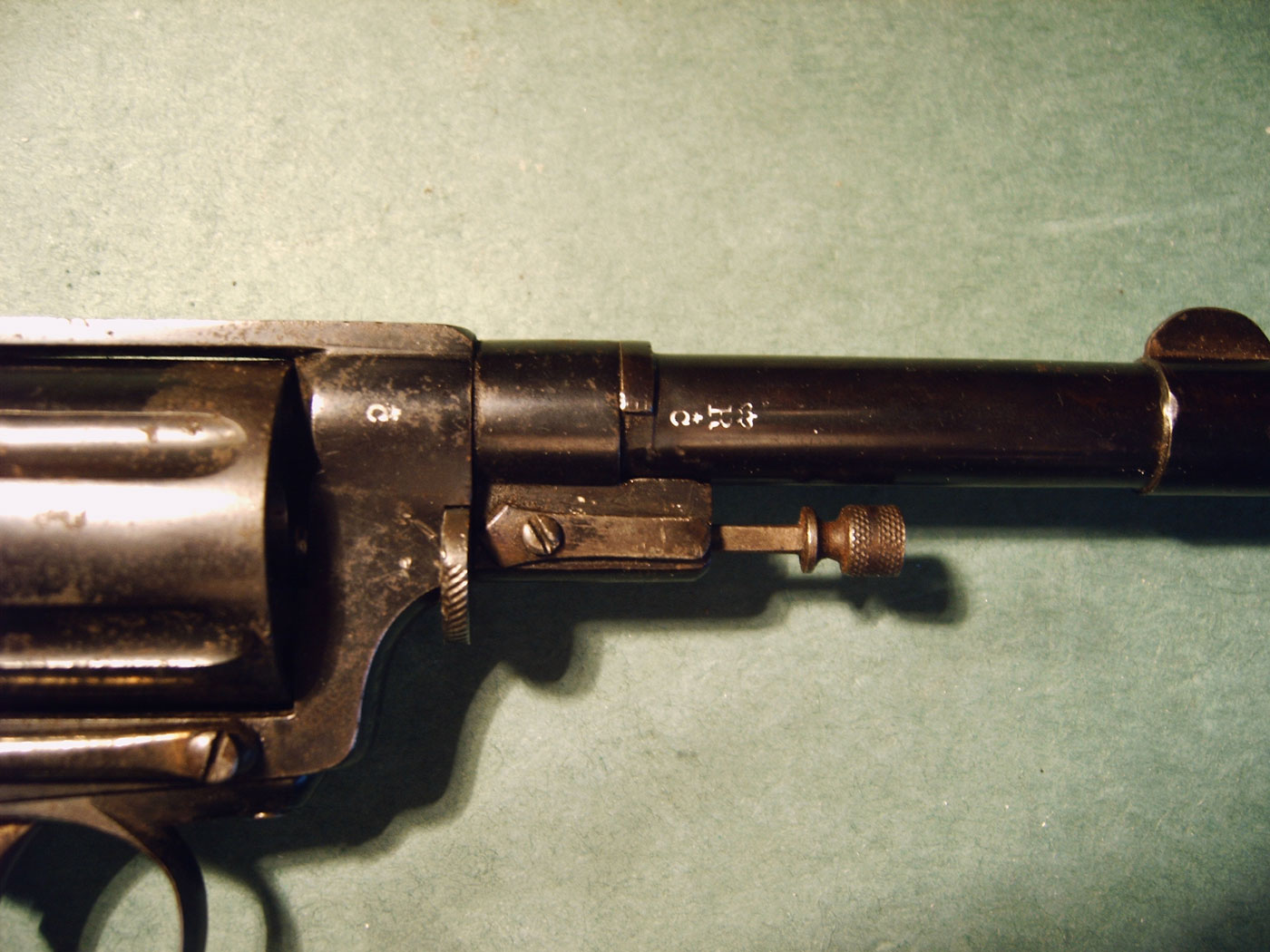
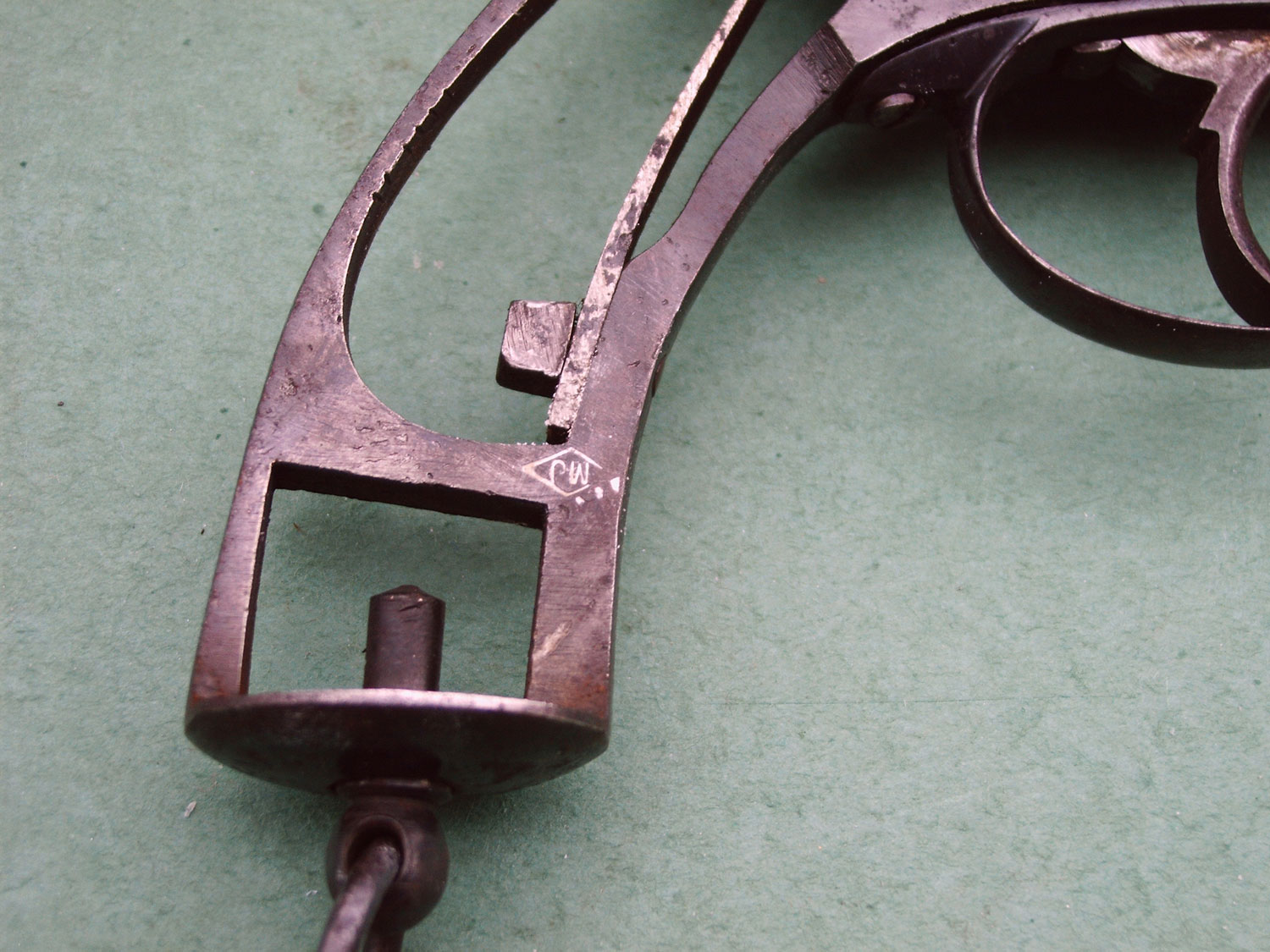
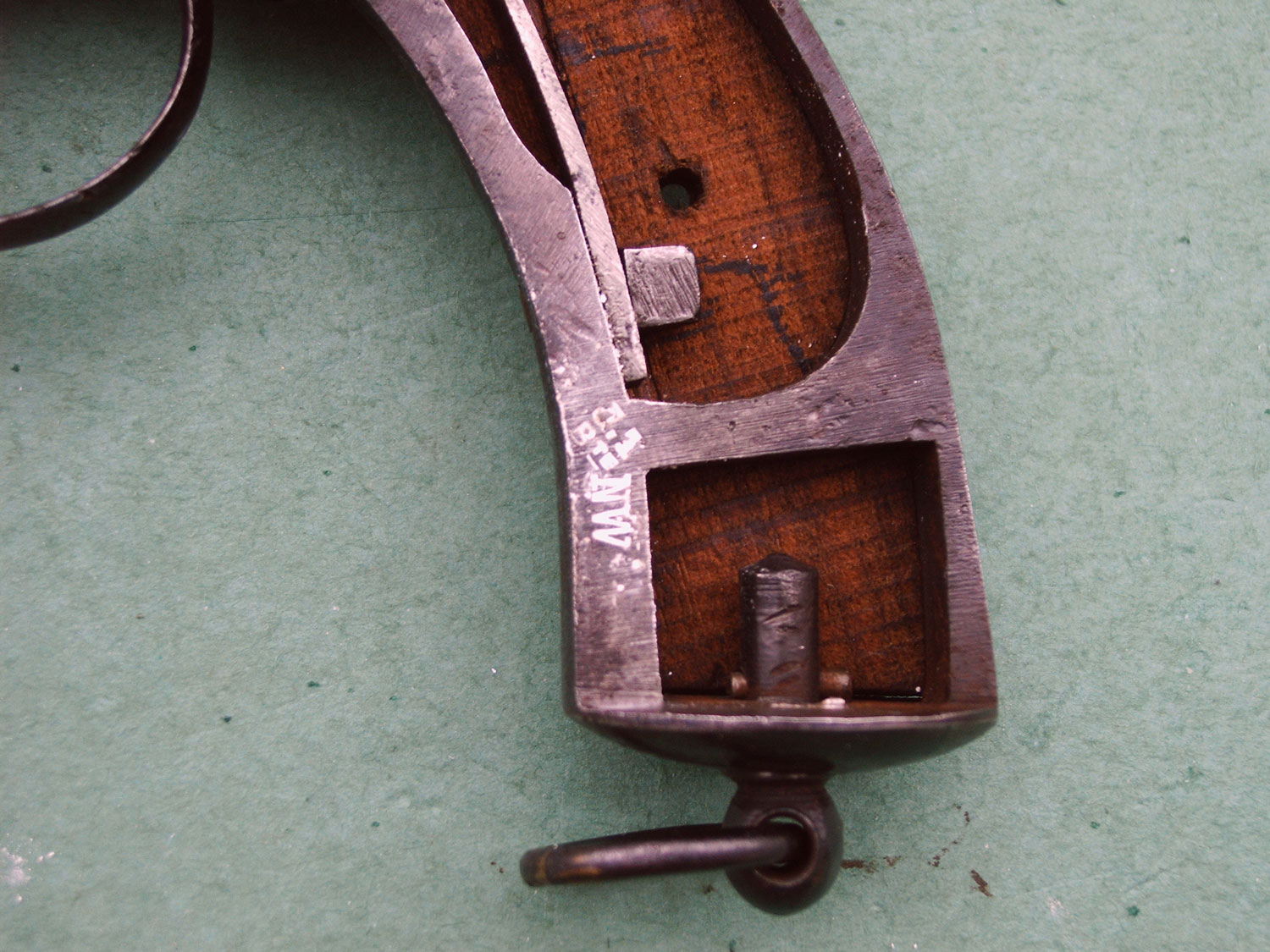
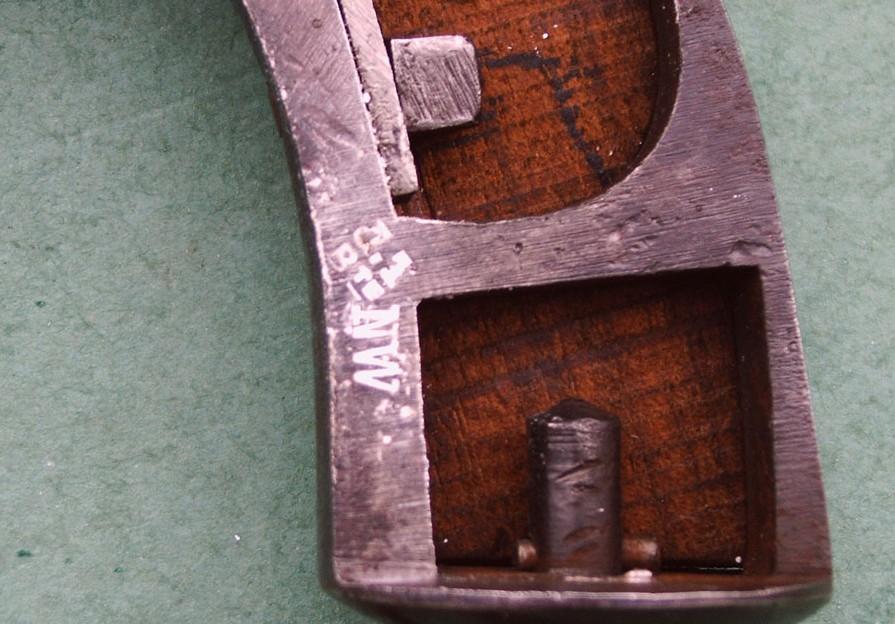
Marcel Jamin
This weapon carries all the traditional punches of the proofhouse of Liege:
Spangled ELG in a crowned oval: acceptance post 1893.
Peron: inspection post 1853.
E *: countermark of the controller post 1877.
EL in cursive letters: provisional test, of use of 1852 to our days.
CHOKE 16.3/???? : choke barrels: gauge in mm to 22 cm of the breech and the mouth. In use of 1898 to 1910.
Mark “LIEGE - BELGIUM”: Without comment!!
Mark “JF”: Manufacturer of the barrels Jean FALLA.
Manufacturer of the weapon.
The manufacturer is JAMIN Marcel, quay Saint Léonard, 41 in Liege which was registered with the registers of the manufacturers of the bench of tests of Liege of 1910 to 1933.
We think that its speciality was the weapon of hunting.
Mark MJ in a rhombus belongs to this craftsman.
Date of manufacture: marking CHOKE 16.3 existed until 1910 and JAMIN began its inscription with the proofhouse this year. It is thus extremely probable that it is one of the very first weapons which it presented at the test.
GG et Alain

